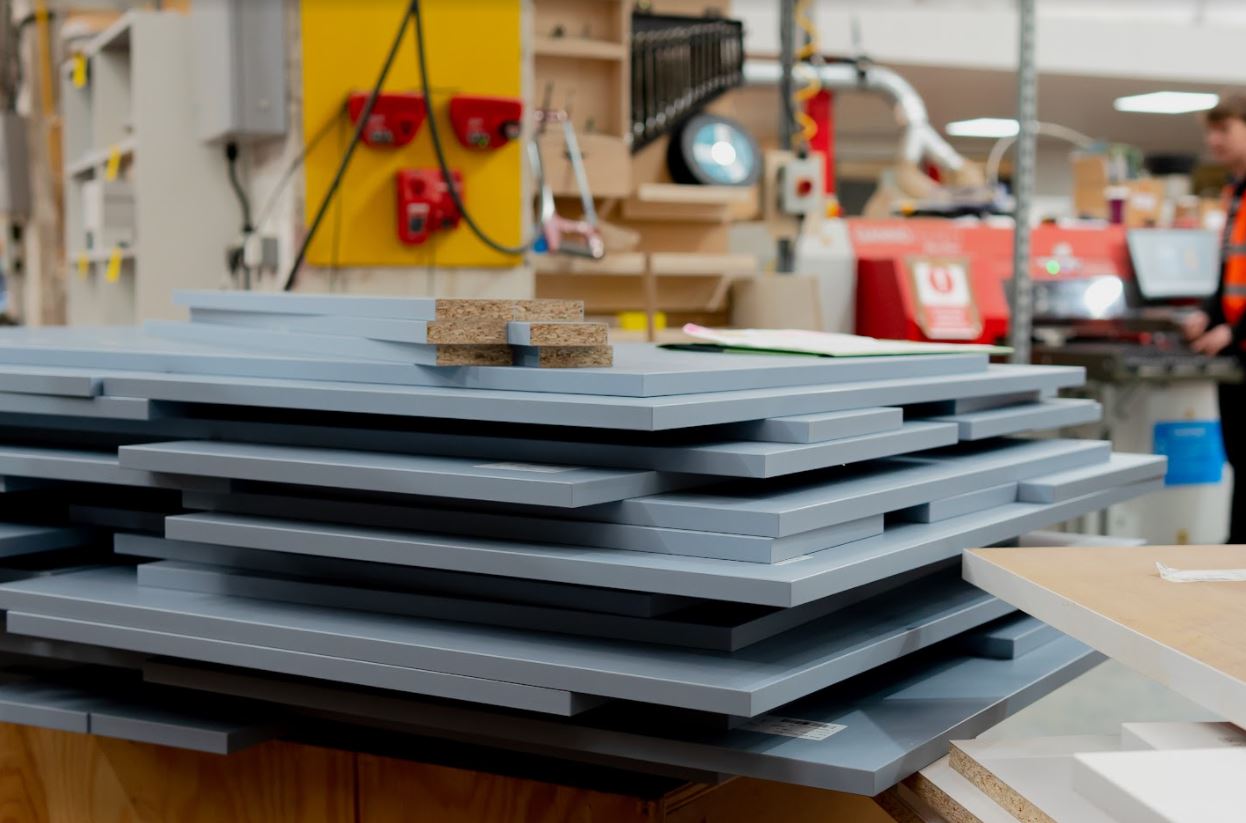The realm of construction has undergone significant evolution over the years. At its heart lies a principle that has remained unchanged: the pursuit of precision. From the ancient pyramids to modern skyscrapers, the significance of accurate measurements cannot be overstated. In this context, timber, one of the oldest construction materials, has transformed in its application. No longer are we satisfied with merely felled logs; today, the trend is towards tailored timber. In this blog post, we’ll delve into the nuances of crafting tailored timber and how precision is redefining its place in construction.
The History of Timber in Construction
To understand the shift towards precision, it’s essential to take a brief look back. Timber has been a mainstay in construction for millennia. Early civilisations utilised it for its abundance, ease of use, and natural strength. As societies grew and technologies advanced, the need for more refined and precise timber designs became evident. And so began the journey towards tailored timber.
The Dawn of Tailored Timber
What exactly is tailored timber? In essence, it’s wood that has been precisely cut, moulded, or shaped to fit specific construction requirements. Gone are the days when carpenters would manually size timber with rudimentary tools. Today, sophisticated machinery and software allow for bespoke timber pieces that fit perfectly into any construction puzzle.
Enter cuttosize.co.uk. Pioneers in the field, have championed the art of producing tailored timber with unmatched precision. Whether it’s for a bespoke furniture piece or an intricate architectural feature, they’ve set the benchmark for precision in wood construction.
The Science Behind Precision Cutting
Precision in tailored timber isn’t just about cutting wood to size. It’s about understanding the material’s grain, moisture content, and inherent strengths and weaknesses. Crafting tailored timber involves:
- Assessment: Before any cuts are made, the timber’s quality, grain direction, and potential imperfections are assessed.
- Machinery and Software: Modern sawmills now use computer-aided design (CAD) software and computer-numerical-control (CNC) machines. This combination allows for intricate cuts, shapes, and patterns that would be impossible (or at least very time-consuming) to achieve manually.
- Finishing: Precision doesn’t stop at the cut. Once the timber is sized, it undergoes processes like sanding, polishing, and sometimes even chemical treatment, to ensure it fits its intended purpose and lasts for years.
Benefits of Precision in Timber Construction
Precision in timber construction brings a slew of advantages:
- Efficiency: Tailored timber means there’s minimal wastage. When every piece fits as it should, there’s no need for last-minute adjustments or alterations.
- Durability: Precisely cut timber ensures tighter joints and a more solid structure. This translates to buildings and furniture that stand the test of time.
- Aesthetics: Tailored timber can be crafted to exhibit beautiful designs. Precision allows for intricate patterns, shapes, and features that elevate the visual appeal of the end product.
- Cost Savings: While tailored timber might seem like a more expensive option upfront, the savings in reduced wastage, less labour, and fewer mistakes make it cost-effective in the long run.
Precision: A Step Towards Sustainability
Beyond the immediate benefits to the construction process, there’s a broader, more global advantage to tailored timber: sustainability. The world is more conscious than ever about the waste of resources. By ensuring that every piece of wood is utilised to its maximum potential, we’re not only creating efficient structures but also promoting sustainable construction practices.
Moreover, timber, when sourced responsibly, is a renewable resource. Combine this with precision crafting, and we have a formula that bodes well for the planet and its future.
The Art of Craftsmanship Meets Modern Technology
While machinery and software play a monumental role in tailored timber, the human touch remains invaluable. Behind every machine is an artisan or engineer, ensuring that the final product retains the authenticity of traditional woodworking. Craftsmanship is the soul of construction. It’s the subtle nuances, the hand-finished edges, and the keen eye ensuring that the timber retains its natural beauty. Modern technology merely amplifies the skills of these craftsmen, offering tools that execute visions with greater accuracy. It’s a beautiful synergy where the old-world charm of timber meets the precision of the digital age.
The Global Impact of Precision Timber Crafting
Beyond construction, the ripple effects of precision timber crafting are felt globally. Economically, it’s driving a renewed interest in timber industries, creating jobs, and stimulating innovation. Environmentally, as previously mentioned, it promotes sustainability. But there’s also a socio-cultural dimension. Buildings and pieces made from precisely tailored timber become landmarks, talking points, and symbols of a city’s or country’s commitment to merging tradition with progress. They serve as inspirations for future generations, blending the essence of nature with the prowess of human innovation.
In Conclusion: The Future is Tailored
Precision in construction is not just a trend; it’s a necessity born out of an evolving world with ever-increasing demands. In this landscape, tailored timber emerges not as a luxury but a staple for modern construction.
Companies like cuttosize.co.uk are at the forefront, leading the charge in ensuring that wood, one of humanity’s oldest construction materials, continues to be relevant, efficient, and beautiful in the modern age.
Crafting tailored timber is more than just construction; it’s an art, a science, and a step towards a more sustainable future. As the demand for precision grows, so too will the innovations in this fascinating intersection of nature and technology.

